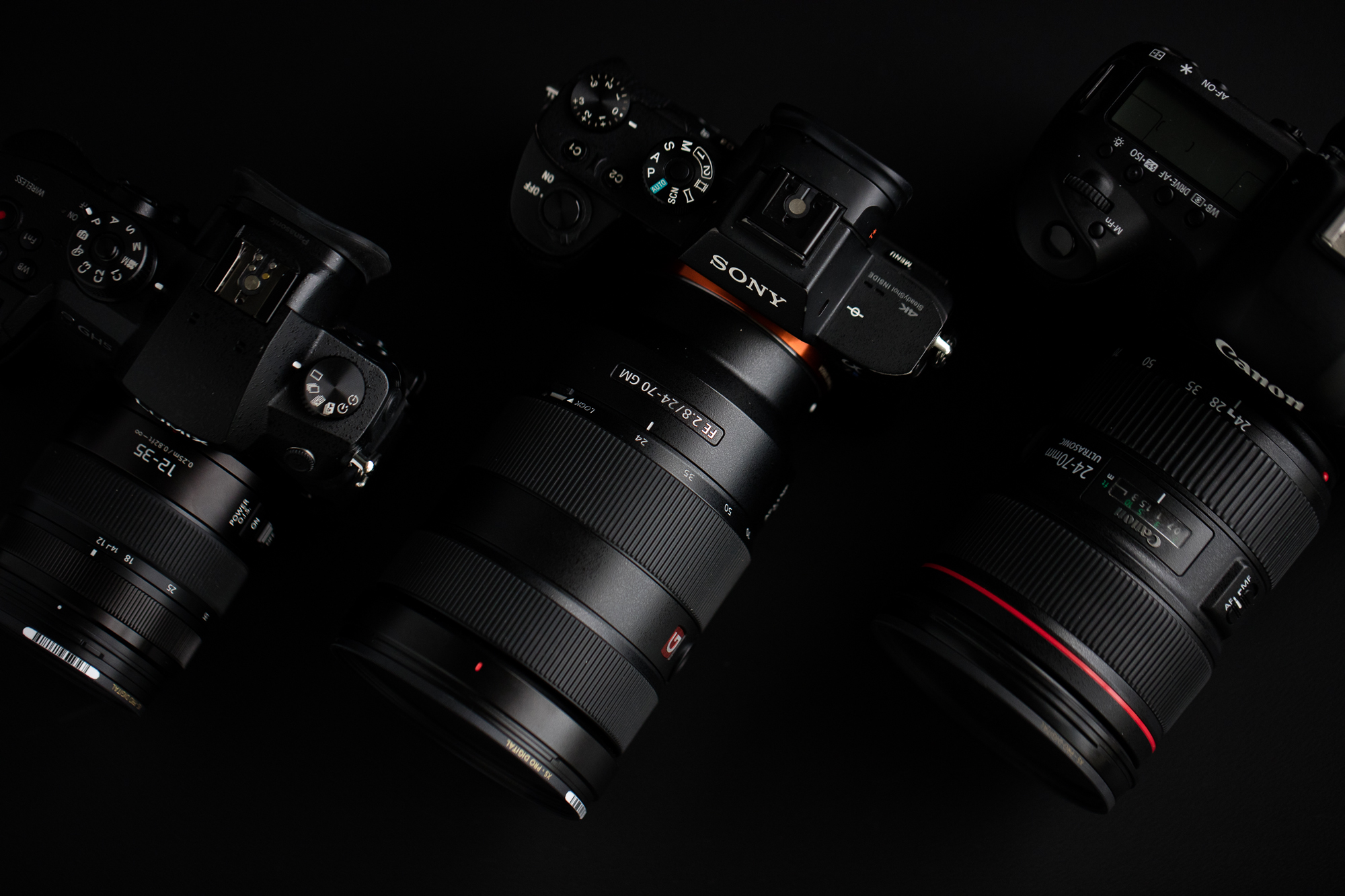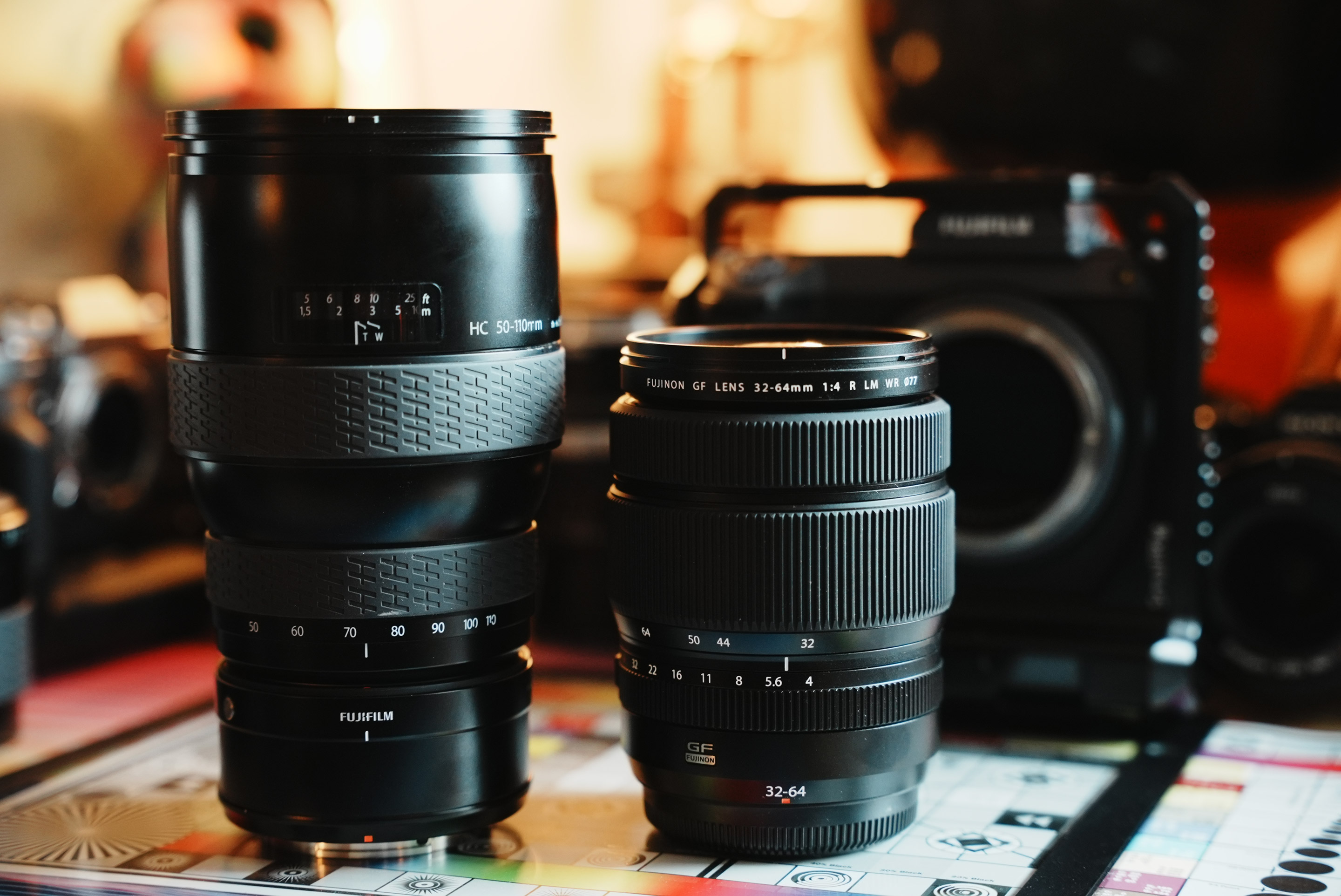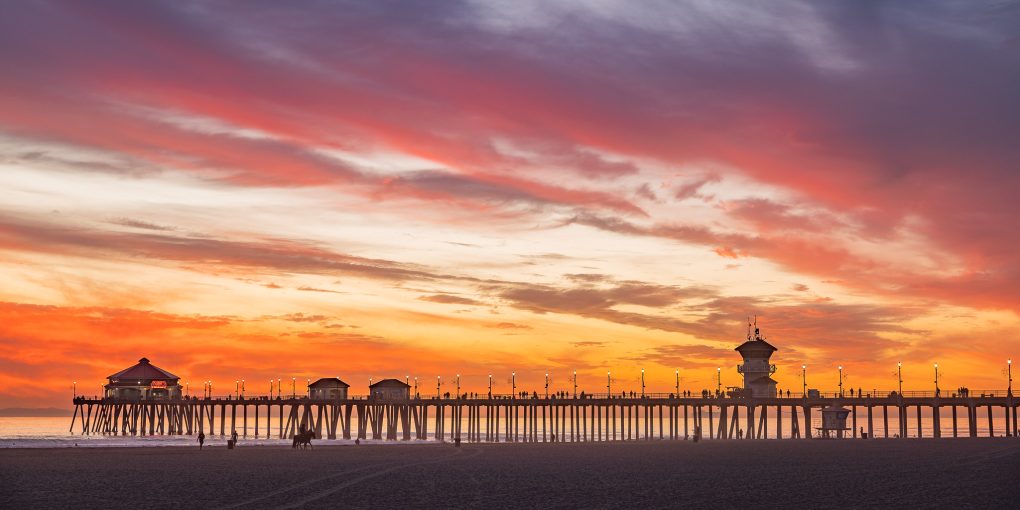Sigma 24 70 Vs Canon 24 70: A Battle of Powerhouse Lenses
The Sigma 24-70mm lens offers wider angles of view compared to the Canon 24-70mm lens.

Credit: www.slrlounge.com
Table of Contents
Features And Specifications
The Sigma 24-70 and Canon 24-70 lenses have their own unique features and specifications that make them suitable for different photography needs. Let’s take a closer look at some of these key factors:
| Zoom Range | The Sigma lens provides wider angles of view compared to the Canon lens when both are set to the same focal lengths. |
| Aperture | The aperture range of the Sigma lens allows for greater control over depth of field, resulting in more creative possibilities. |
| Build Quality | Both lenses are built with high-quality materials, ensuring durability and longevity. |
| Weather Sealing | Both lenses offer weather sealing features, protecting them from dust and moisture in challenging shooting conditions. |
| Optical Stabilization | The Sigma lens has image stabilization, which helps reduce camera shake and produce sharper images. |
| Focus Modes | Both lenses offer different focus modes, providing flexibility in focusing options. |
| Lens Hood | Both lenses come with lens hoods that help reduce lens flare and protect the front element. |
Overall, the choice between the Sigma 24-70 and Canon 24-70 will depend on individual shooting requirements and preferences. Considering the aforementioned factors can help photographers make an informed decision.

Credit: www.lensrentals.com
Performance
|
Performance: Sharpness: When comparing the Sigma 24-70mm lens to the Canon 24-70mm lens, sharpness is an important factor to consider. Many photographers have found that the Sigma lens delivers excellent sharpness throughout the zoom range, especially when stopped down slightly. The images captured with the Sigma lens are crisp and detailed, making it a great choice for high-resolution photography. Autofocus: In terms of autofocus performance, both the Sigma and Canon lenses perform well. The Sigma lens utilizes a hypersonic motor (HSM) for fast and quiet autofocus, while the Canon lens features a ring-type ultrasonic motor (USM) for smooth and accurate focusing. Both lenses have reliable autofocus capabilities that can handle various shooting scenarios. Low Light Performance: When it comes to shooting handheld in low light conditions, the Sigma lens has shown to have an advantage over the Canon lens. The built-in image stabilization system in the Sigma lens provides better results, allowing photographers to capture sharper images without the need for a tripod. This feature makes the Sigma lens a great choice for low light photography. |
Price And Value
The Sigma 24-70 lens offers wider angles of view compared to the Canon 24-70 lens, providing versatility for photographers. In terms of price and value, the Sigma lens offers a more affordable option without compromising on quality. Overall, the Sigma 24-70 lens is a competitive choice for photographers looking for a budget-friendly lens with great performance.
| Price and Value | |
|---|---|
| Price Comparison: | The Sigma 24 70 lens is generally cheaper than the Canon 24 70 lens. This price difference could make the Sigma lens a more attractive option for photographers on a budget. |
| Additional Features: | The Sigma 24 70 lens offers some additional features that the Canon lens does not have. These include better image stabilization for handheld shooting in low light conditions and wider angles of view. These features can be beneficial for photographers who need versatility in their photography. |
| Value for Money: | Considering the price difference and the additional features offered by the Sigma lens, it can be argued that the Sigma lens provides better value for money compared to the Canon lens. However, it ultimately depends on the specific needs and preferences of the photographer. |

Credit: www.eoshd.com
User Reviews
|
Perspectives from Matthew Gore:
|
|
Perspectives from Jake Borowski:
|
|
Perspectives from Anita Sadowska:
|
|
Additional Information:
|
Comparison With Other Brands
Comparison with Other Brands:
The Sigma 24-70mm lens is often compared to its Canon counterpart, the Canon 24-70mm lens. One area where the Sigma lens excels is in low light shooting. It has better image stabilization, which results in sharper photos when shooting handheld in low light conditions. On the other hand, the Canon lens is known for its build quality and weather sealing, making it more durable and suitable for outdoor photography.
When compared to other third-party lenses, the Sigma lens offers wider angles of view than the Canon lens at the same focal lengths. However, determining which lens is more accurate in terms of autofocus and sharpness is subjective and may vary depending on individual preferences and shooting conditions.
In conclusion, the Sigma 24-70mm lens offers unique features and advantages that make it a strong competitor against the Canon 24-70mm lens and other third-party lenses in its class.
Frequently Asked Questions Of Sigma 24 70 Vs Canon 24 70
Is Sigma 24-70mm Sharp?
Yes, the Sigma 24-70mm lens is sharp and provides wider angles of view compared to the Canon lens. It is known to have better image stabilization for handheld shooting in low light conditions. Sigma lenses are manufactured exclusively in Japan.
Is The Canon 24-70 Worth It?
The Canon 24-70 lens is worth it because it offers wider angles of view compared to the Sigma lens. It also has image stabilization for better results in low light conditions. The lens is manufactured in Japan and is known for its sharpness and autofocus capabilities.
Does Sigma 24-70 Have Image Stabilization?
Yes, the Sigma 24-70 lens does have image stabilization. It is manufactured in Japan by Sigma.
Where Is The Sigma 24-70 Made?
The Sigma 24-70 is made in Japan by Sigma Corporation in their own factory in Aizu. All Sigma products, including lenses, cameras, and flash units, are exclusively manufactured in Japan.
Conclusion
The Sigma 24-70mm lens and the Canon 24-70mm lens each have their own strengths and weaknesses. However, when it comes to shooting handheld in low light, the Sigma lens outperforms the Canon lens with its superior image stabilization. In addition, the Sigma lens offers wider angles of view than the Canon lens.
Ultimately, the choice between the two lenses will depend on your specific needs and preferences as a photographer.
I am a photography enthusiast turned blogger, sharing my passion and expertise on this blog, "CallofPhotography." Growing up surrounded by nature, I developed a love for capturing moments through my lens. After studying Fine Arts with a focus on photography, I launched my blog to share tutorials, gear reviews, and my own photographic work. Through engaging storytelling, I invites readers to join her visual journey, inspiring and empowering photographers of all levels worldwide.


